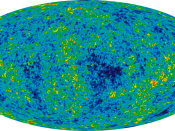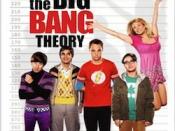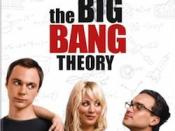The Big Bang theory is today's dominant scientific theory about the origin of the universe. It states that the universe was created from an infinitely hot and dense subatomic ball, which once exploded not only created energy and matter, but space and time itself. This is estimated to have happened around 14 billion years ago. 300,000 years after the big bang took place the plasma of elementary particles had cooled to 3000K, during which atoms began to form as electrons came into orbit around protons and neutrons. It was at this point the universe also become more and more transparent, as previously the photons that had been created were exchanging energy with the fundamental particles. This could no longer take place so easily with atoms so the photons filled interstellar space in the form of almost a 'gas'. Over a period of 10 billion years this matter and energy coagulated into stars, galaxies and planets and continued to expand, forming what we now know as the universe.
The big bang theory was initially suggested by Georges Lemaitre in 1927. His proposal came after comparing a model of the universe based on Einstein's theories with observations of light from distant nebulae being 'red shifted'. This is due to the Doppler effect, when there is a change of frequency or wavelength of a wave from a source, when wave and source are in relative motion. In this case when comparing emission spectrums, the light emitted from the atoms in distant stars has been shifted ever so slightly to the red end of the spectrum, in comparison with light from our sun. This suggests that the distant star is moving away from us as red light has a larger wavelength. The diagram below is a spectral comparison of light from our sun...


